From ink and paper to laser and glass
NORWICH – In January of 2010, the New York State Division of Criminal Justice Services issued a state-wide mandate saying it would no longer accept classic ink and paper fingerprints.
The decision prompted a joint application from the Sherburne Village and Norwich City Police Departments to the Edward Byrne Law Enforcement Assistance Grant Program. The two agencies were awarded about $33,000 to purchase new equipment.
New digital fingerprint technology records prints with only the touch of defendant’s fingertip on a glass surface. Below the glass, red laser beams and small electronics beep, similar to the technology used in grocery checkout lines. But instead of reading a bar code, the device, called LiveScan, captures fingerprints and converts them into a digital image. The device also includes the first standardized camera and mug shot back drop. The fingerprints, mug shot and other personal information is then transmitted to a central state database. The new system went online at the Norwich Police Department on Dec. 23.
“It makes a digital image that can be sent via the Internet instantaneously,” said Chief Joseph Angelino.
Angelino explained that until police began using LiveScan, the only way to trace a person’s fingerprints was to record them on paper with ink and then mail them out.
Lt. Richard Cobb said the Sheriff’s Office has been using LiveScan since 2006 at its main facility in Norwich.

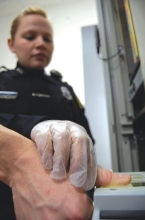

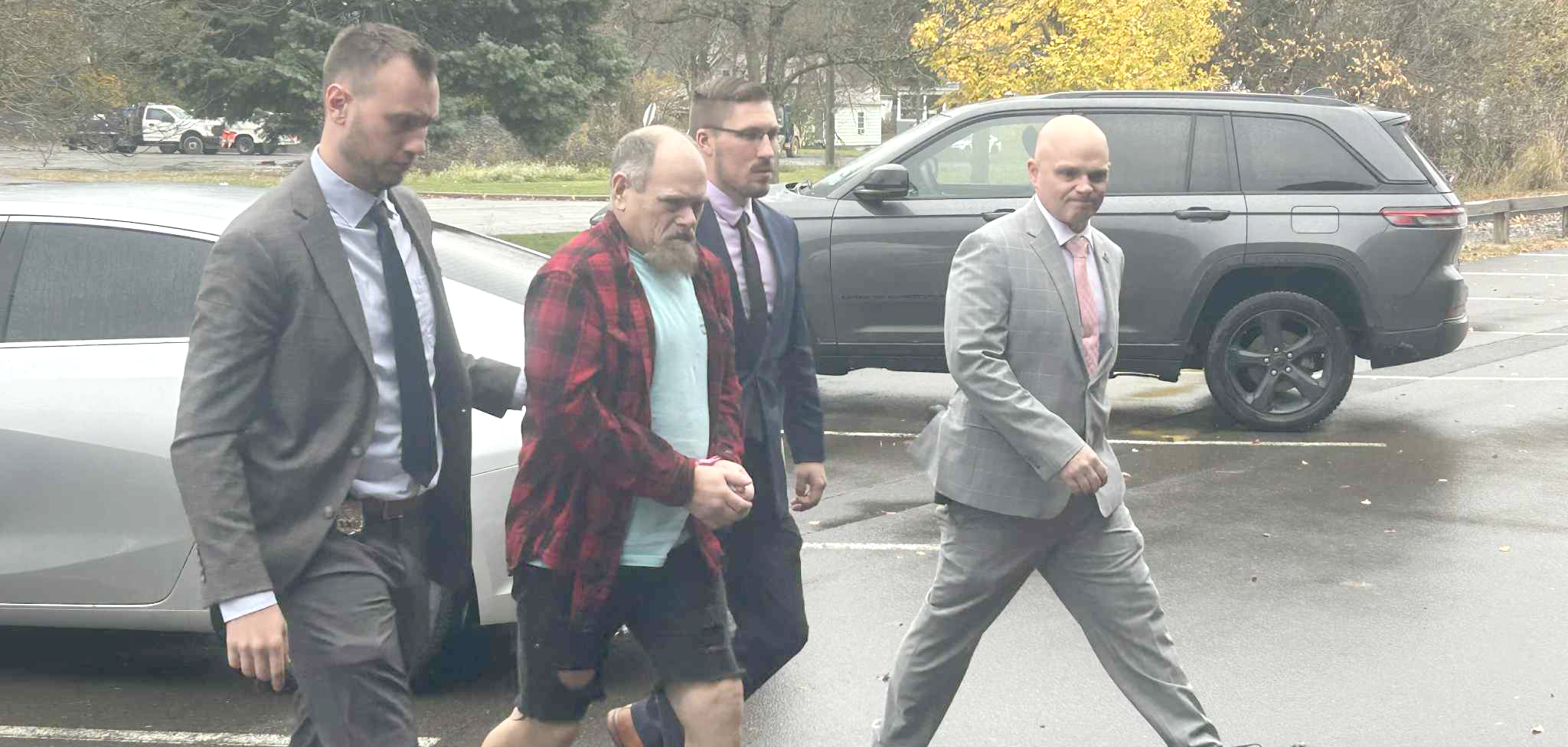
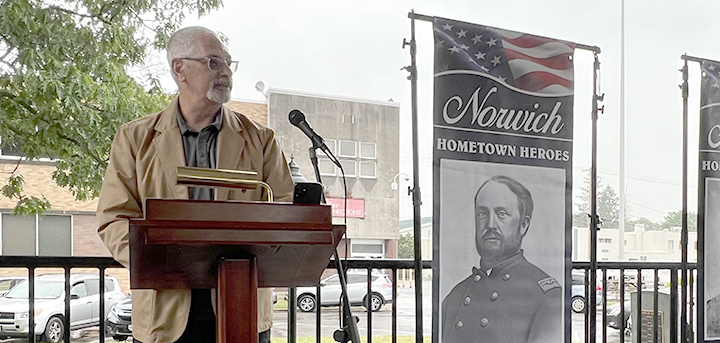
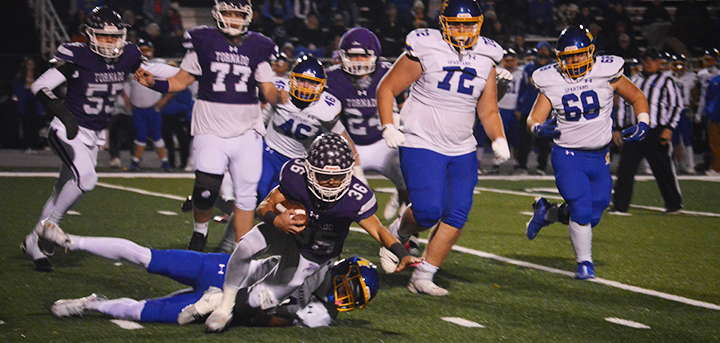
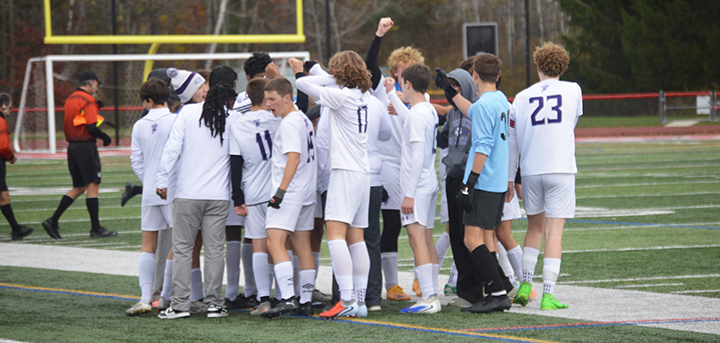
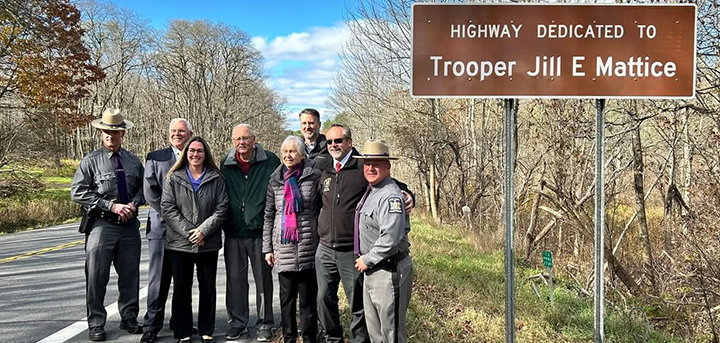
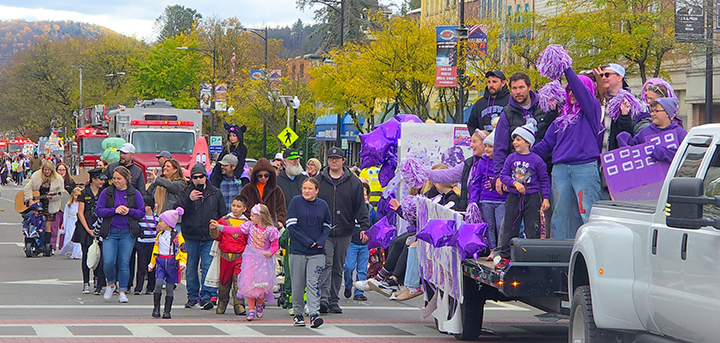
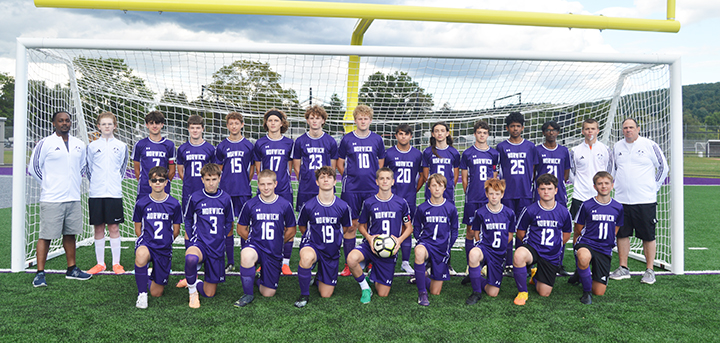

Comments